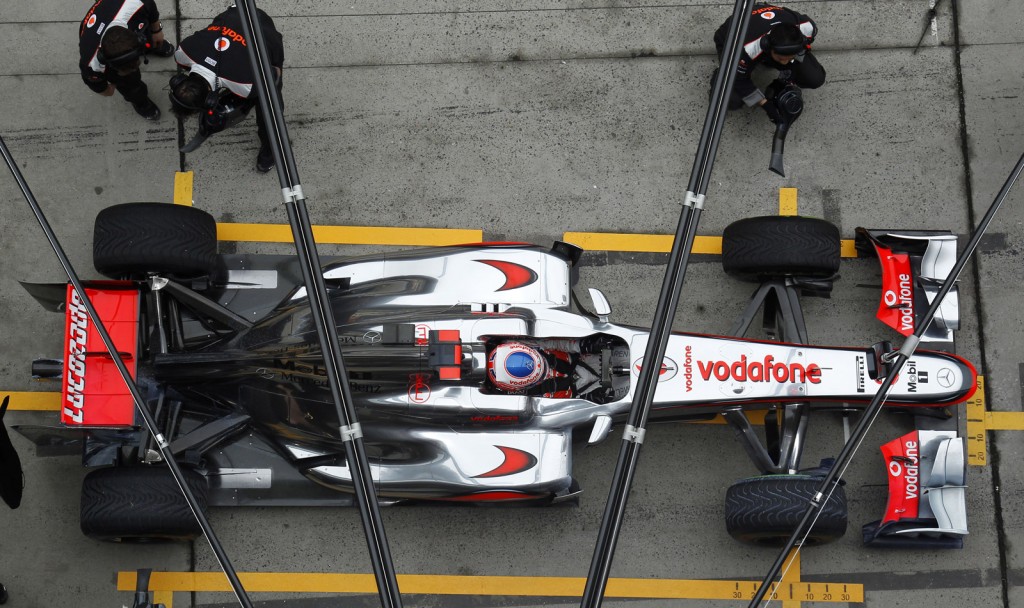
McLaren MP4-27 2012 Formula 1 race car
There are pit crews, of course, but behind the scenes are teams of technicians in high gear at keyboards and screens.
Their real-time monitoring and adjustments come from the highest technology available.
Yet in the opinion of IEEE Spectrum’s Nanoclast, there’s room for improvement; it begins and ends with nanotechnology.
Formula 1 and nanotechnology isn’t a pairing that breaks ground. As we’ve told you in the past, the adaptation potential ranges from the support teams to the cars and most everything in them. In short, nanotech could advance Formula 1 just as carbon fiber did.
We’ve seen nanotech used in KERS already, but the next big thing that could revolutionize racing...hasn't happened. Not yet, anyway.
That’s the point, and the problem, posted by the article. The technology exists and could improve Formula 1 cars’ efficiency, performance, power-to-weight ratio, safety and strength. The author notes the FIA is only now taking a closer look at nanotech; specifically, nanofiber composites and whether its use is legal under current Formula 1 guidelines.
Given the ever-changing and sometimes surprising rule changes governing the sport, nanotechnology could conceivably be allowed, encouraged or mandated. Time will tell, and as always, we’ll continue to bring you the latest Formula 1 news and developments.